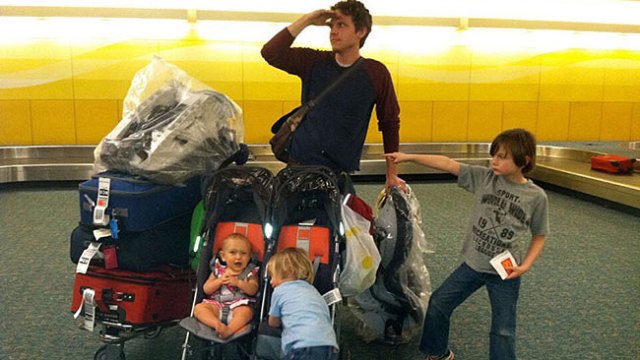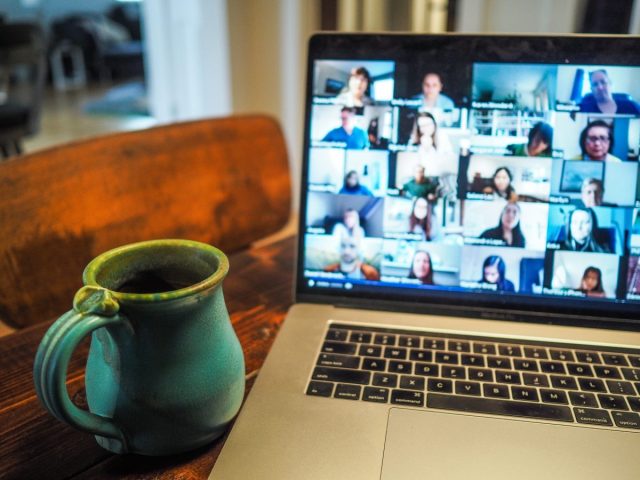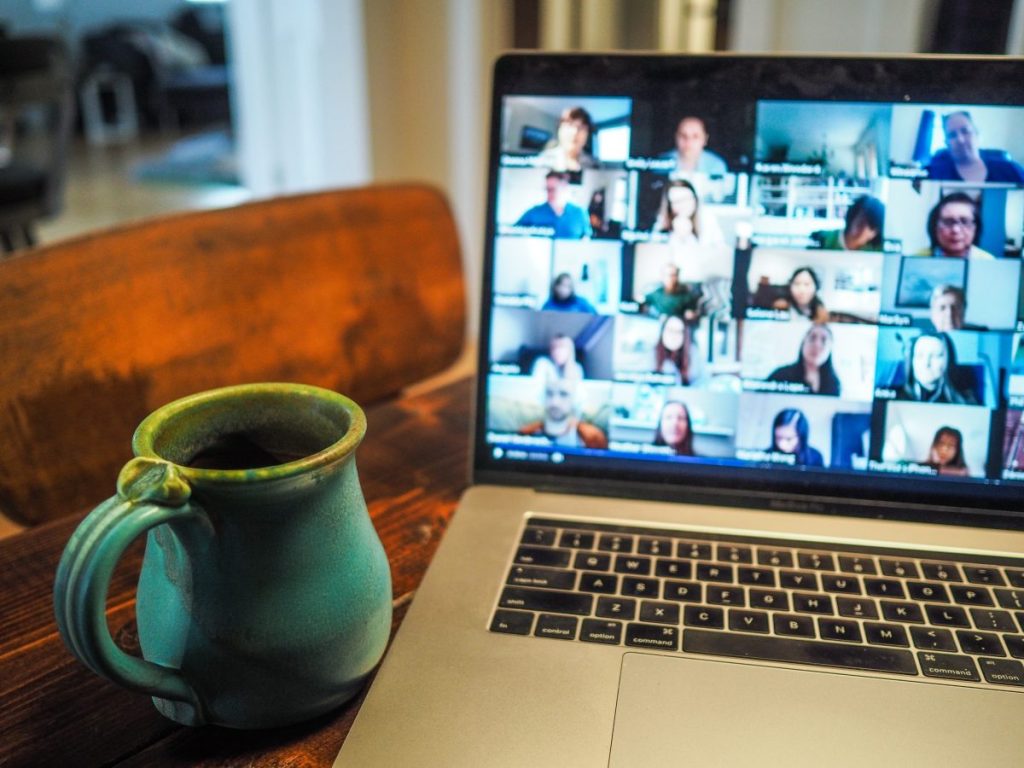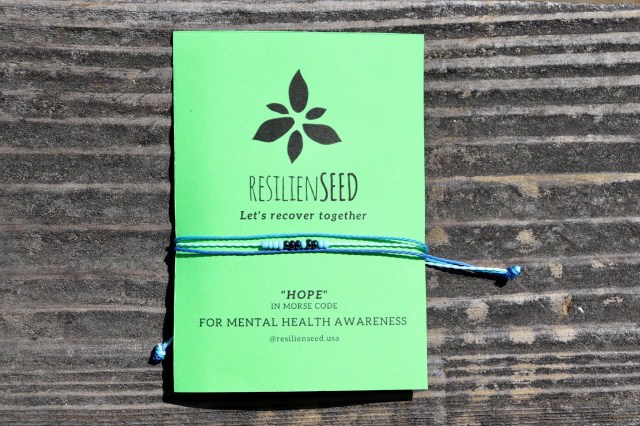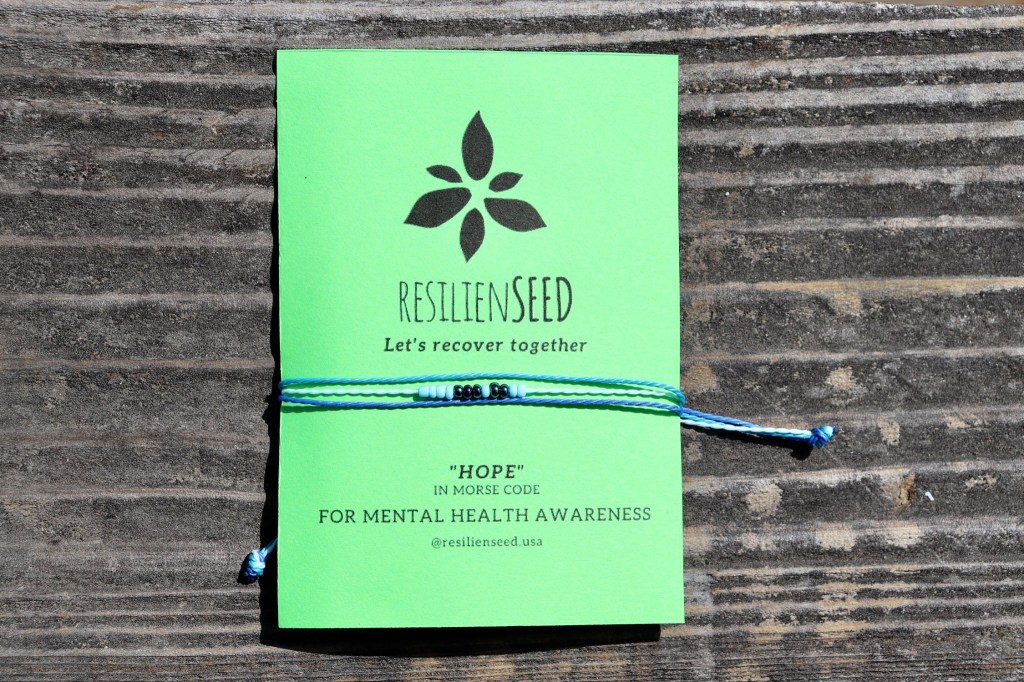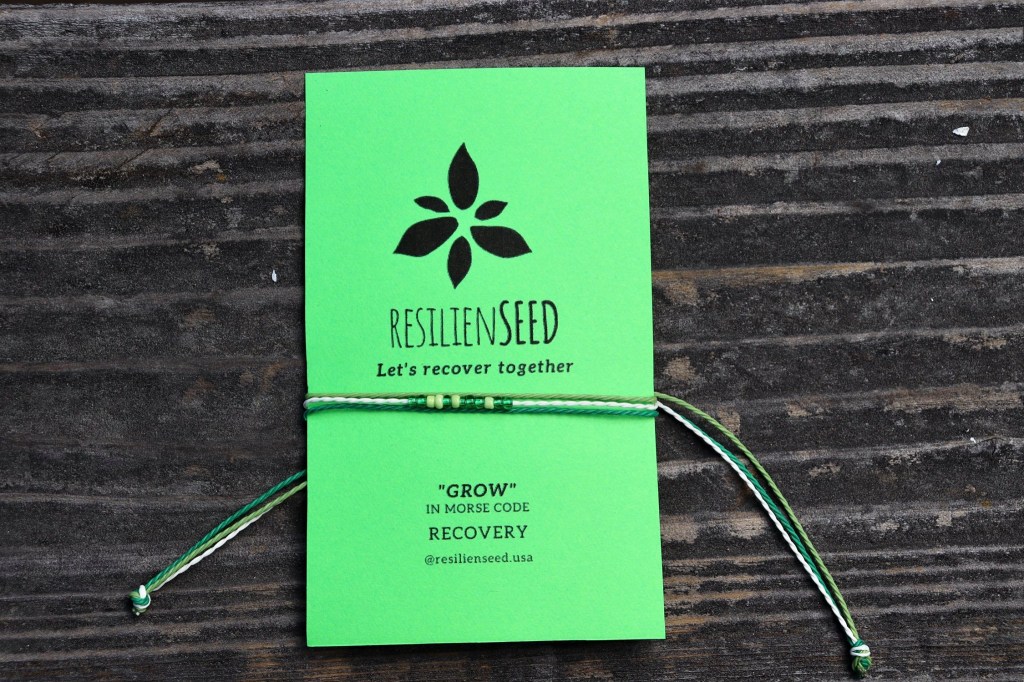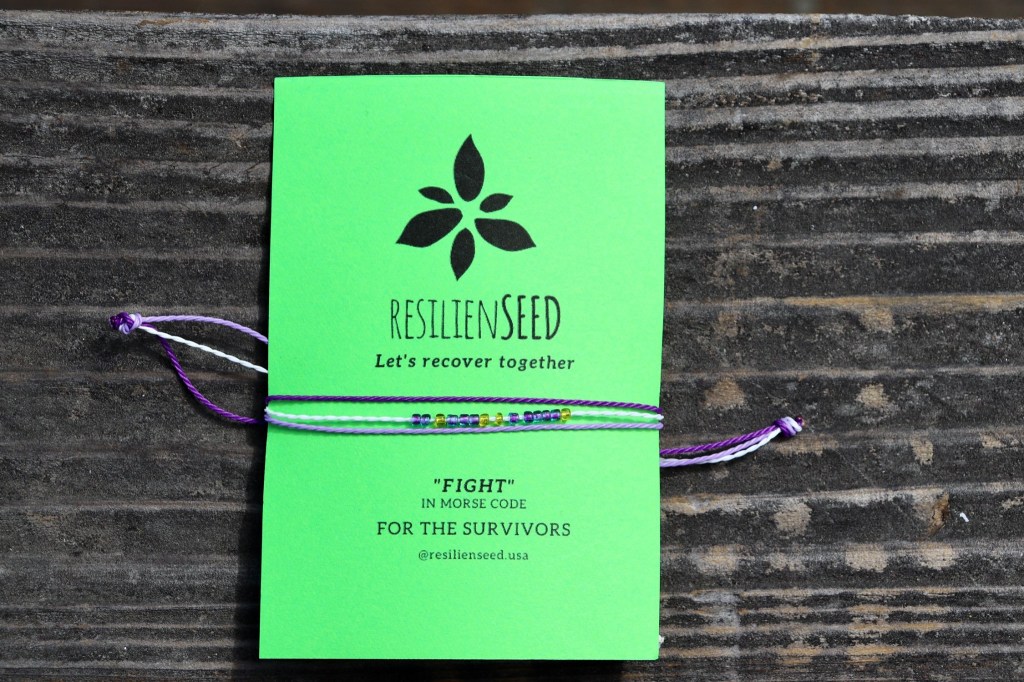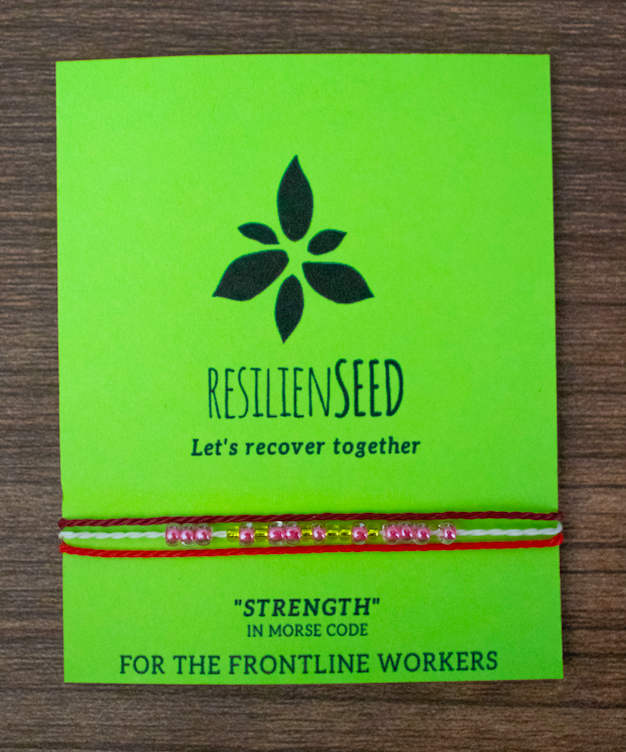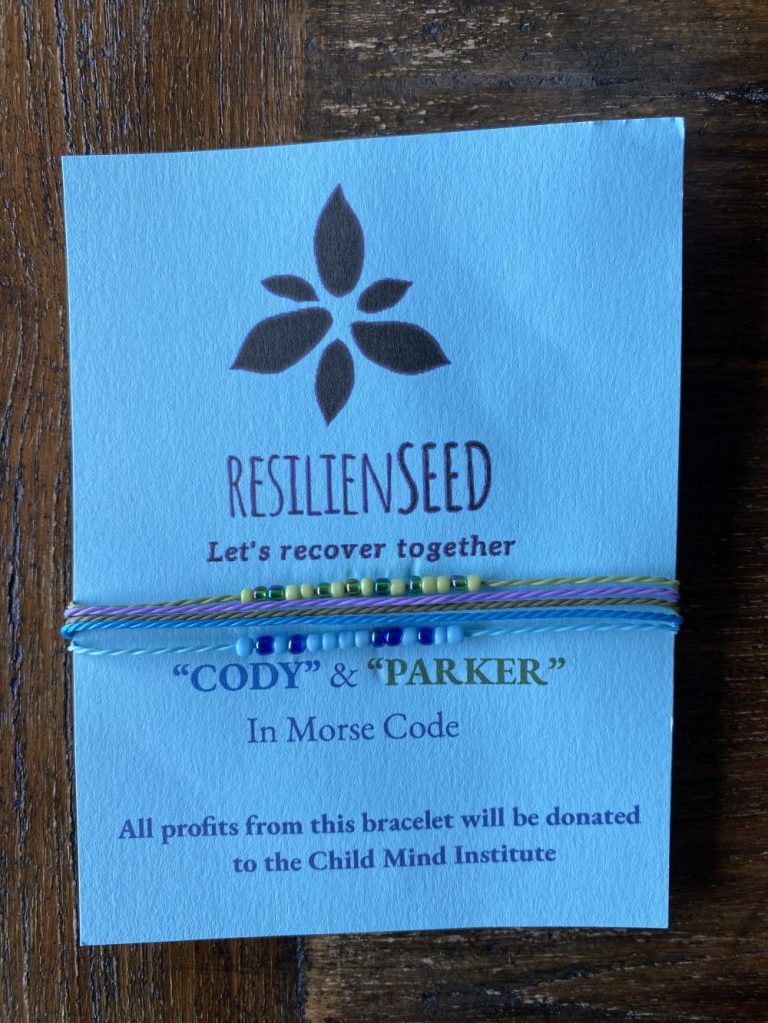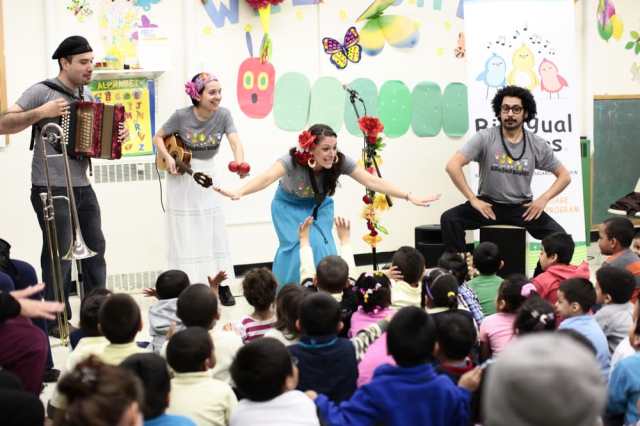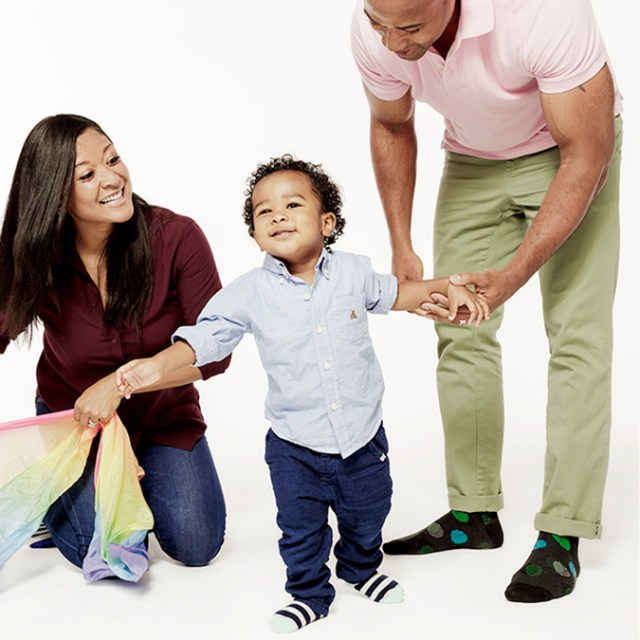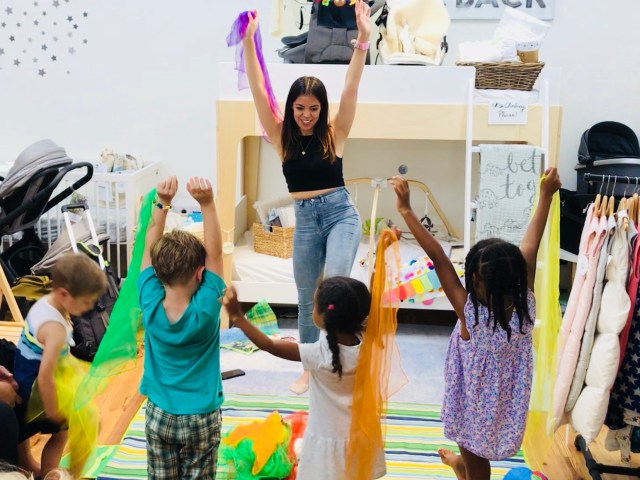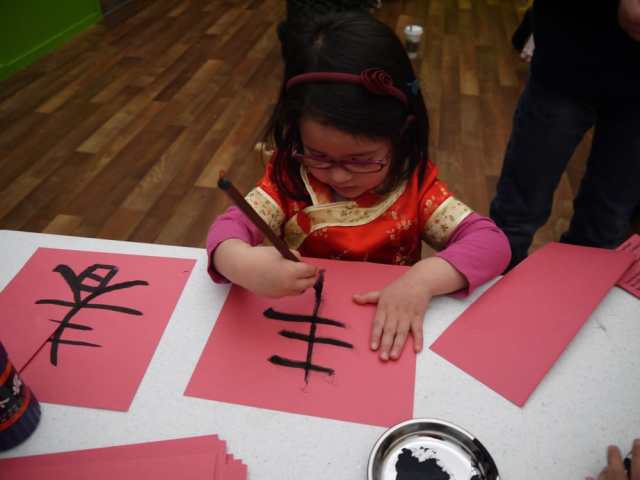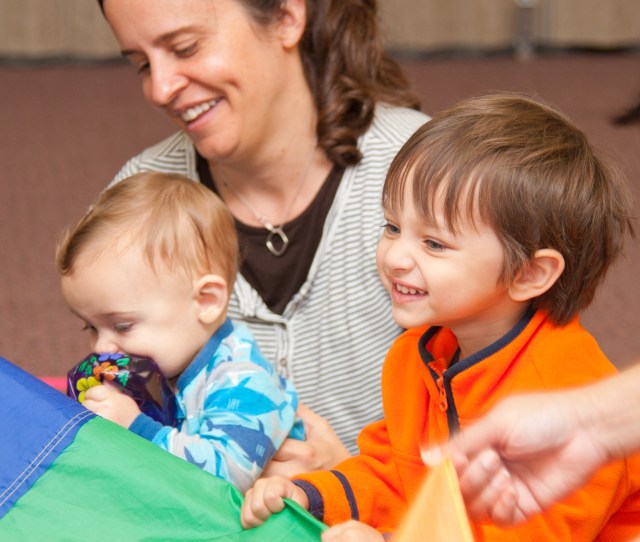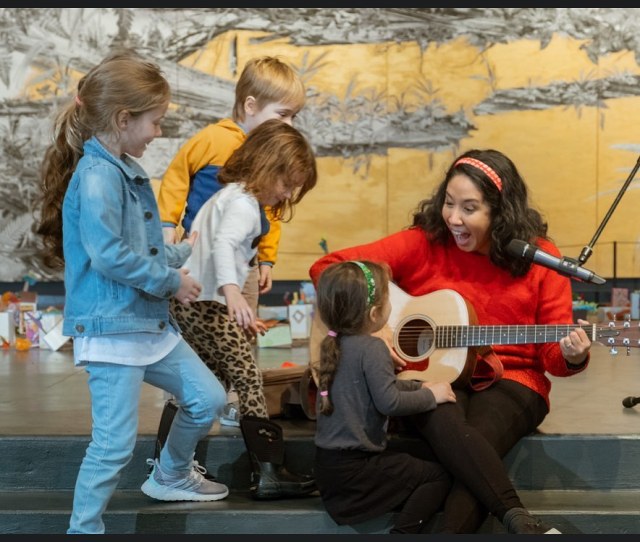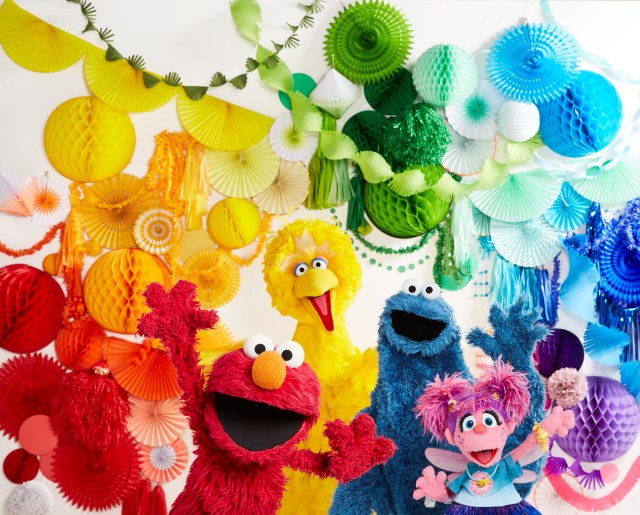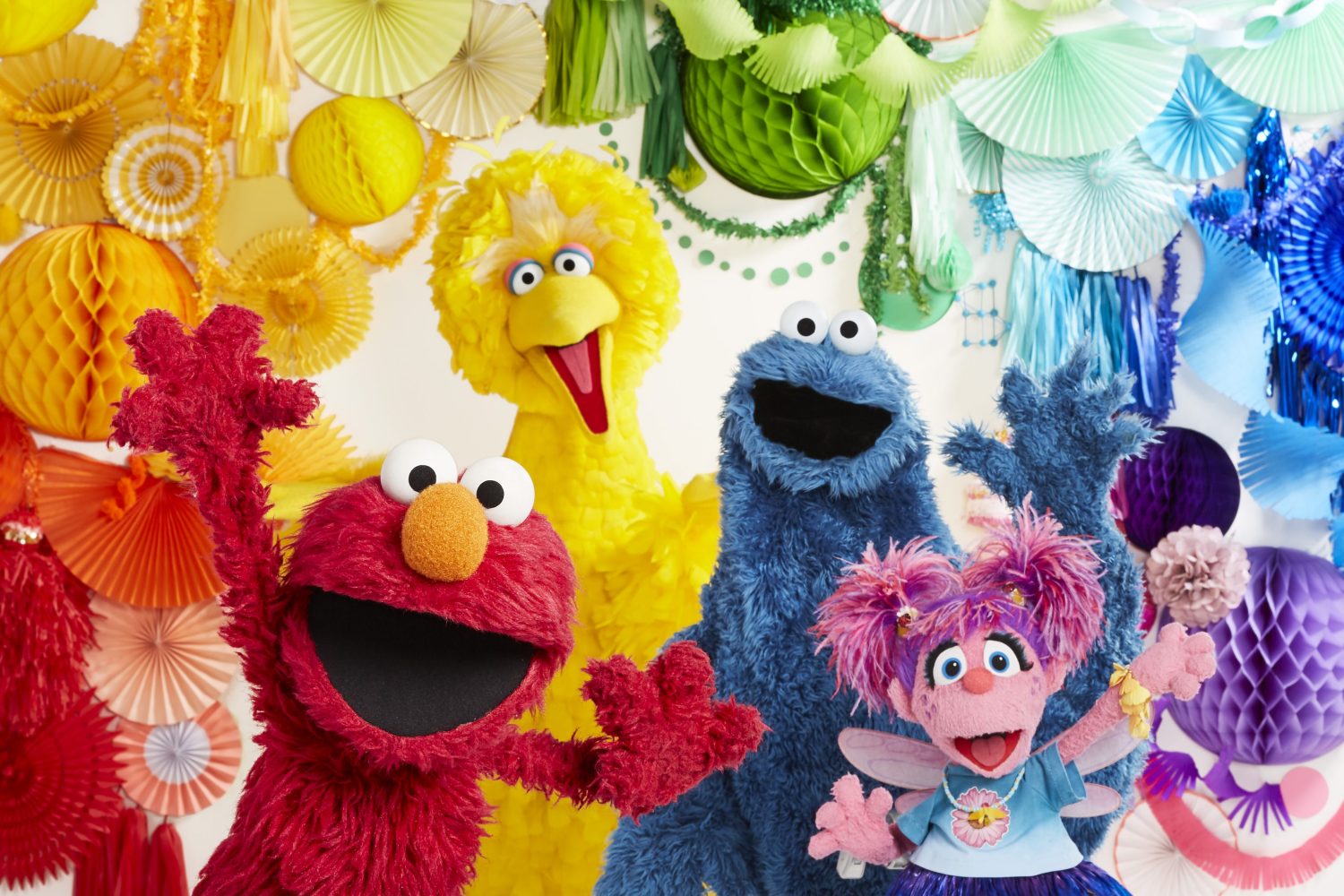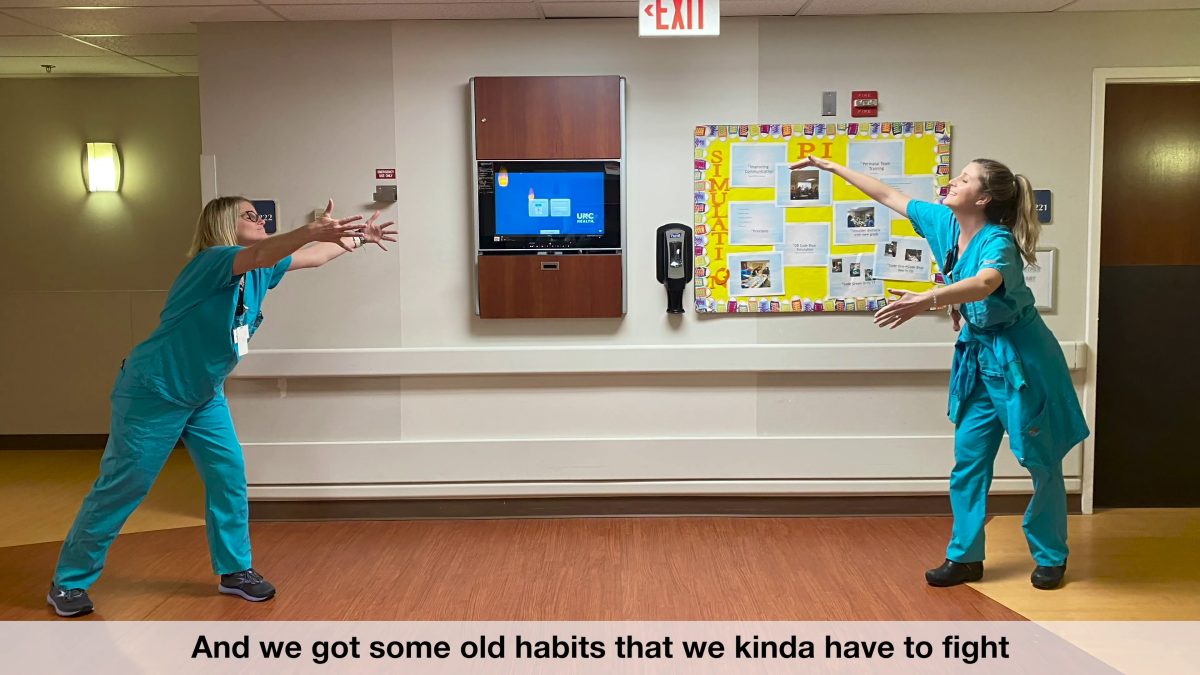![]()
Photo: Amazon
2017 is officially in the history books and along with it, shelves full of parenting research become part of history too. Fortunately for us, a few gems of research made it out of the universities and into our lives this year.
As I did last year, I spent the last few days of 2017 going through the major themes in parenting research to see what new pearls of wisdom we learned this year.
Minimalism is not just a buzz word; its benefits are backed up by research.
We heard a lot of talk about minimalism this year in the media. On the heels of the popular book, The Life-Changing Magic of Tidying Up, more parents were cutting the clutter, scaling back toys and limiting junk around their homes. Their efforts are not in vain, according to research. Studies this year pointed out that having fewer toys actually helps encourage creativity in kids. Similarly, we saw more evidence that simple, classic toys are more beneficial for youngsters than those fancy electronic ones.
Kids’ intense interests are awesome.
Bring on the little paleontologists and toddler train lovers! Most of us who have been parents for a few years, know that our kids can go through phases where they are intensely interested in one topic–whether it be dinosaurs, trains or butterflies. I’ve always been fascinated by this and why it happens.
Well, this year research answered our questions and informed us that our kids’ intense interests are a great sign. It turns out that those intense interests are a great learning tool for kids. It’s often their first experience with delving deep into a topic, finding answers and developing mastery of a topic (e.g., they know ALL the dinosaur names). Research tells us that kids who have intense interests tend to have higher cognitive and information-processing skills as well as executive functioning skills like attention span. You can get on board with your kids’ interests by visiting museums that feature their favorite topic or find books that discuss it. It’s a beautiful sight to see a child so engaged in their own learning.
Self-care needs to be on our priority list.
We all know that self-care is important but it often gets pushed aside amide our long to-do lists. This year research showed us just us the consequences of lack of self-care for our parenting. Symptoms of insufficient self-care, like inadequate sleep, actually mimic some symptoms of depression making us less able to be patient with our kids. The result is often short temper and possibly yelling at our kids (and we all know that is not effective with our kids).
Similarly, research this year pointed out the mental load that moms carry (and yes, it is mostly moms). Although dads have increased their responsibilities for child care and household duties, it is still moms who carry the mental load. What is mental load? Things like remembering who is at what activity at what time, keeping up the grocery list and remembering who will run out of clothes if we don’t do laundry today. We all know mental load and feel it. Just another reason that self-care needs to be part of our lives.
Managing technology is one of the biggest parenting challenges of our era.
This year was full of research and media on how parents and kids are dealing with technology–together. Numerous reports emerged on how tech leaders are not giving their kids smartphones or iPads until they are almost adults. This, along with the Wait Until 8th movement, has opened parents’ eyes to the dangers of too much technology too soon for our kids. The challenge, according to research, is that we parents love our smartphones too.
New studies showed that parents who are hooked on their devices are more likely to experience “technoference” in the relationship with their kids. In other words, the device interrupts the parent-child interaction or relationship in some way. Device-distracted parenting is the new challenge facing our generation. This technoference seems to impact our kids as well. Early research indicates a link between technoference in parent-child relationships and negative behavior among kids.
This year’s revolution in gender relations affects parenting, too.
The end of 2017 saw a seismic shift in how we discuss gender relations and sexual harassment with the development of the #MeToo movement. Although those of us with young children may feel a little out of the loop with current events (when do we have time to watch the news!), this movement will no doubt affect our parenting. Compelling articles and research pointed us to look at how we raise the next generation to deal better with gender relations in schools, workplaces and families.
The most compelling work I think focuses on how to raise children (especially boys) with a full emotional toolbox so they can be prepared to deal with people of all genders, races, beliefs, etc. In past generations, children were often taught to stuff their emotions down. However, our generation of parents is focusing on raising girls that are strong enough to speak up and boys who are strong enough to be vulnerable and emotionally available. This takes work, patience and a change of mindset for many of us. Fortunately, research can help us. Studies showed us this year that how we speak to our children about emotions matter. Discussing how others feel really does help children develop a strong sense of empathy. Empathy, of course, is one key to helping kids look beyond their own self-interest and become adults who do the same.
Well, that is a quick summary of parenting research for 2017. Based on this, I think my parenting goals for 2018 are clear: focus on empathy, managing technology, fostering interests and simplify. What are your parenting goals for 2018?
Amy is a scholar turned stay-at-home mom of two young boys. When she's not stepping on Legos, she writes at The Thoughtful Parent. With this blog she brings child development research into the lives of parents in the trenches of child-rearing.








